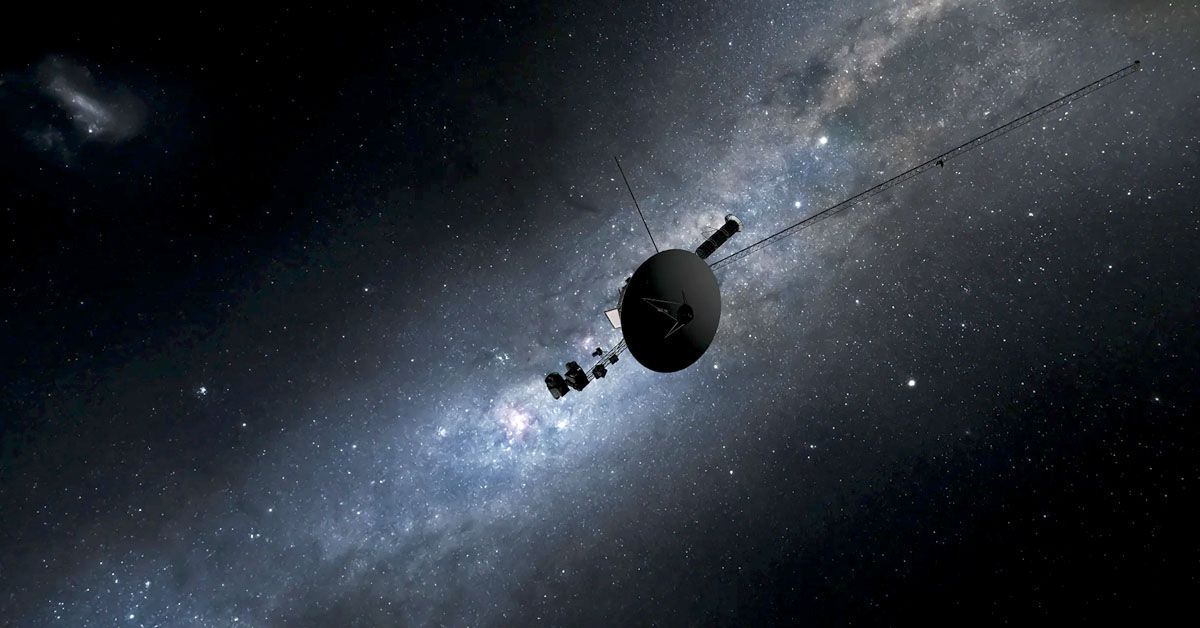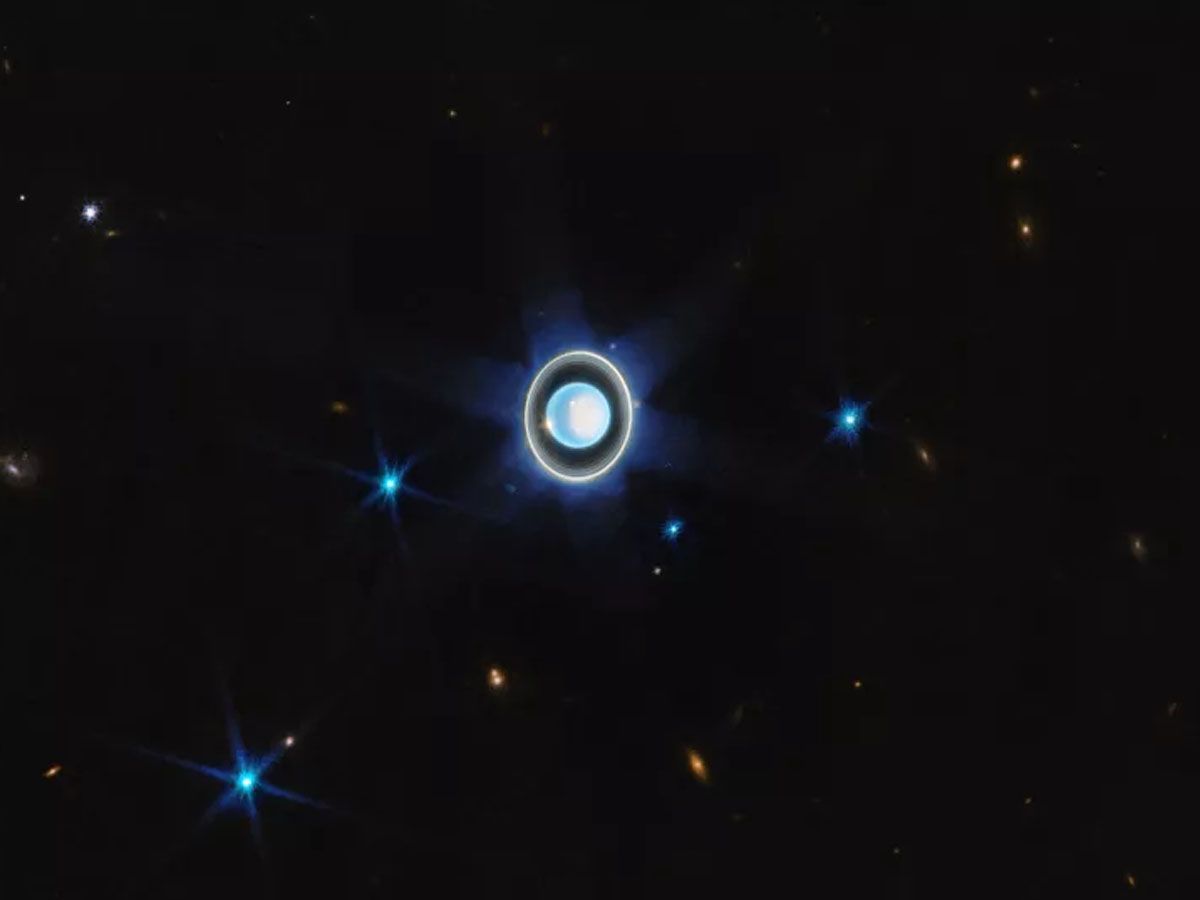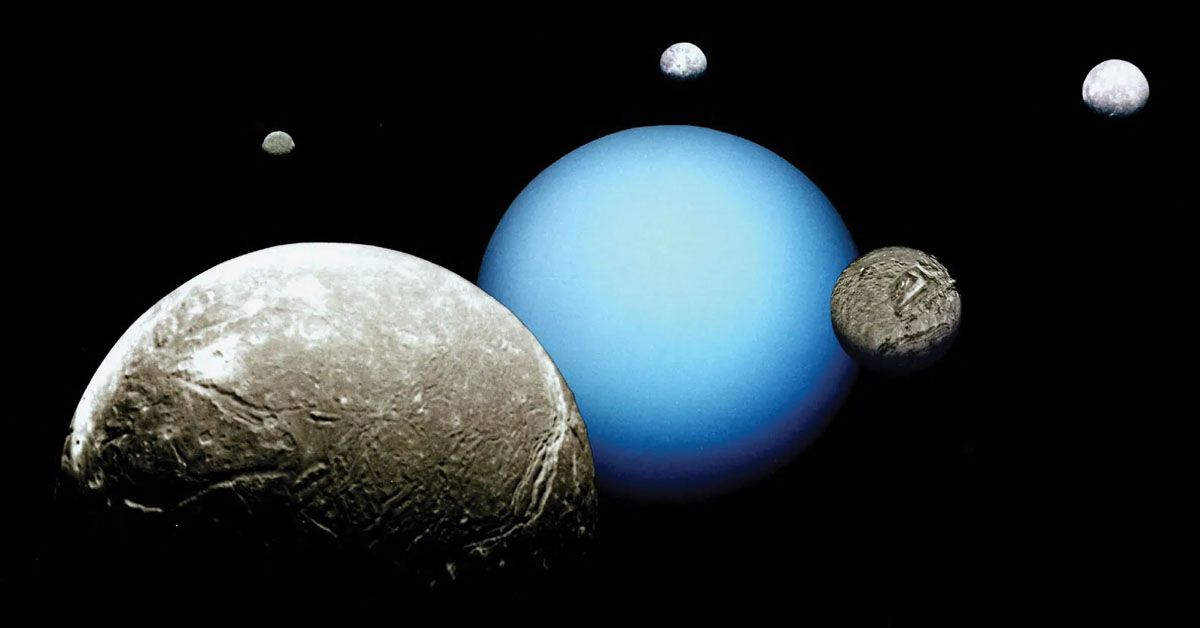Recent research on Uranus' moons has unearthed exciting details that could transform our understanding of our solar system, and potentially offer up new avenues for life beyond Earth. These discoveries could revolutionize how we view Uranus' satellites, specifically their potential oceanic depths that lie just beneath their frozen surfaces. These revelations could provide new opportunities for life beyond Earth.
What makes this study groundbreaking is its detailed examination of Uranus' moons and their potential to retain internal heat, essential for deep oceans through an in-depth exploration. As we uncover these mysteries, we gain valuable insight into our solar system as a whole as well as each distant moon's individual characteristics.
Revealing the Interior of Uranus' Moons
A Comprehensive Study of Ariel, Umbriel, Titania, Oberon, and Miranda
What differentiates this study from others? Well, it's the first of its kind to dive deep into the interior makeup and structure of all five large moons of Uranus - Ariel, Umbriel, Titania, Oberon, and Miranda. By exploring their evolution, we're able to uncover secrets that have been hidden for eons.
What makes this research truly impressive is the multidimensional use of data sources. Scientists behind it tapped information collected during NASA Voyager 2 flybys back in the 1980s, in addition to ground observations and findings from Galileo, Cassini, Dawn New, and Horizons missions providing a unique look into their intriguing characteristics and origins.

Challenging Previous Notions on Heat Retention
Now, let's talk about heat retention. It plays a vital role in the existence of oceans on these moons, and this study has challenged some of our long-held beliefs. Prior to this research, it was widely believed that moons of this size would be too small to retain the necessary heat for an ocean layer. However, this new study has turned that notion on its head.
By analyzing the heat retention capabilities of these moons, the researchers have discovered that four of them - Ariel, Umbriel, Titania, and Oberon - might indeed be large enough to retain internal heat. This newfound understanding opens the possibility of wet environments hidden beneath their icy surfaces, with potentially significant implications for understanding these moons and searching for extraterrestrial life.

The Possibility of Deep Oceans on Uranus' Moons
New Computer Models Shed Light on Hidden Oceans
Let's delve into the heart of the matter, the possibility of deep oceans on Uranus' moons. Thanks to innovative computer models, we've now got a tantalizing glimpse into what lies beneath the surfaces of Ariel, Umbriel, Titania, and Oberon. These models suggest that each of these moons could be home to vast oceans, potentially dozens of miles deep!
But how could these oceans stay liquid, you ask? Well, the answer lies in the rocky mantles of the moons. These mantles may release hot liquid, which would help maintain a warm environment, keeping the oceans from freezing solid. Just imagine the hidden depths waiting to be explored, right beneath those icy crusts!
The Role of Chlorides and Ammonia
Now, let's talk about some of the key players in these subsurface oceans: chlorides and ammonia. The study indicates that these substances are likely abundant in the oceans of Uranus' largest moons. Ammonia serves as a natural antifreeze, helping keep water liquid even under extremely cold conditions in outer solar systems like Jupiter.

This invaluable information is not only fascinating but also has practical applications. It can help scientists and engineers design instruments specifically tailored to probe the deep interiors of these moons in search of liquid oceans. By understanding the unique chemistry of these subsurface oceans, we can create tools that enable us to explore further and unlock the mysteries of Uranus' moons. Who knows what secrets these icy giants have been keeping for all these years?
Implications for Future Missions and the Search for Life
The 2023 Planetary Science and Astrobiology Decadal Survey's Priorities
Space exploration requires more than simply venturing into space without an agenda in mind. That's where the National Academies' 2023 Planetary Science and Astrobiology Decadal Survey comes in. This comprehensive roadmap prioritizes Uranus and its orbiting moons for future exploration missions. And with good reason! The recent discoveries we've discussed in this article make these celestial bodies even more intriguing and ripe for investigation.
Potential for Habitability and the Search for Life
Now, let's get to one of the most exciting aspects of these findings, the possibility of life beyond Earth. As it turns out, two of Uranus' moons, Titania and Oberon, may have water warm enough to support life. Yes, you read that right! Life, as we know it, might not be exclusive to our home planet.
However, before we get too carried away, it's essential to emphasize the importance of further investigation and exploration of these moons. We need more data and insights to truly understand the potential habitability of these icy worlds. One thing is certain: our solar system's search for life has never been so captivating!
As we explore Uranus and its moons, we pave the way for future missions that could fundamentally alter our understanding of space. So here's to all those courageous scientists and engineers pushing knowledge forward by boldly venturing where no one has gone before!
Sources: nasa.gov / mashable.com / gizmodo.com / theregister.com / technology.org













